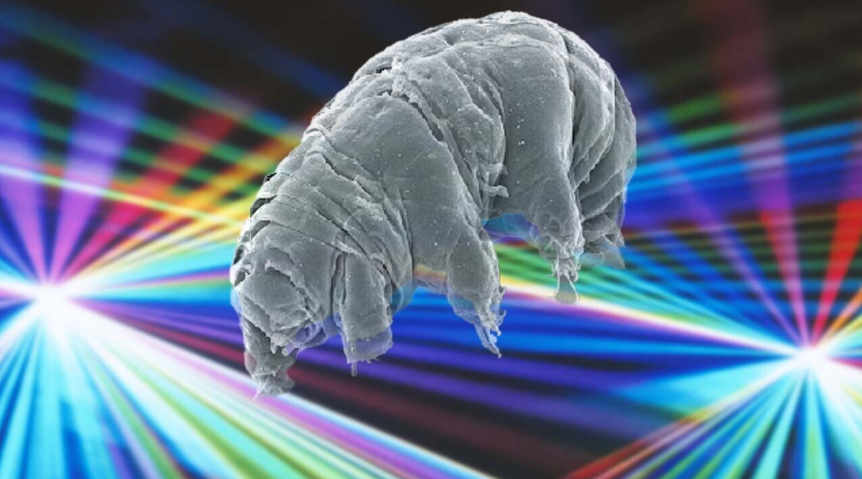An international research group claims to have conducted the first successful experiment in 'quantum entanglement' of multicellular organisms in history. The team's research was recently published in a preprint paper, stating that they successfully placed the slowwalking animal - a small animal affectionately known as a 'water bear' - in a quantum entanglement state between a pair of superconducting quantum bits. In other words, researchers try to place slowwalking animals in a state directly connected to the qubit, so that anything that happens to water bears or qubits will simultaneously affect all three. This is a fundamental property of quantum computing. But this type of quantum function usually only occurs on objects of particle size. Researchers have previously placed single-celled organisms in a quantum entangled state, but this will mark the first time scientists have done so on complex biological organisms.

However, there is some debate about the importance of team effort. According to the researchers' paper, we observed the coupling between cryptozoans and superconducting qubits, and prepared a highly entangled state between this combined system and another qubit. The slow paced animals themselves have been proven to be entangled with other subsystems. Then observe the animals at temperatures below 10 mK and 6 × After 420 hours under pressure of 10-6 mbar, it returned to its active form, creating a new record for the conditions under which complex life forms can survive. There are many things that need to be unraveled there, but the most important thing is that due to the seemingly loose definition of 'entanglement', other physicists have long criticized this work. As Brandon Specktor of Live Science has discovered, the buzzing on social media seems completely skeptical: however, as Specktor also pointed out, all of this may be resolved through peer review. Now, let's talk about the experiment itself. A qubit is a circuit that places a slow-moving animal next to it, and it will be influenced by the electromagnetic laws we have known for over 150 years. Placing a particle of dust next to the qubit can also have a similar effect.
Nightmares before Christmas
Slow walking animals are one of the most resilient creatures we know. They can enter a state of suspended animation, in which they have no observable biological function to survive in extremely harsh environments. It is for this reason that scientists have chosen to attempt to integrate them with qubits in circuits. This idea is very basic. You freeze the slow-moving animals to a point where they are close to absolute zero, and then you can place them in an entangled state, just like any other supercooled particle.
However, because slow-moving animals are creatures, this story is more intrinsic than your standard 'we entangled a few photons' experiments. According to the team's paper, these special slow-moving animals were 'collected from the roof drainage ditch in Niva, Denmark in February 2018'. So, in summary, a group of people wearing white coats kidnapped a group of cute little water bears who had already lived in a real sewer, exposed them to the coldest temperatures experienced by water bears, and then forced them into entanglement with superconducting qubits. The team was able to revive one of the slow-moving animals that successfully got entangled in what they called entanglement. However, for others, the researchers wrote, 'We would like to point out that gentle changes in external temperature and pressure are crucial for animal recovery